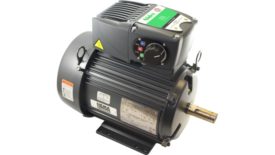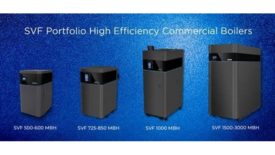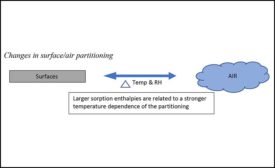Home » Keywords: » controls
Items Tagged with 'controls'
ARTICLES
Avoid poor performance, energy waste, and premature equipment failure
White Paper
Meeting New Industry Standards with Rooftop Systems and Intelligent Controls
October 16, 2023
AI A-to-Z: Considerations When Deploying an AI-Powered BAS
Post-pandemic, office buildings find themselves in competition with home offices as employees consider their comfort and health.
May 19, 2023
Commissioning Lead/Lag Pumping Operations: Part III, Functional Testing and Optimization
Lead/lag pumping operations are common control sequences that are littered with nuances that oftentimes prevent them from being properly implemented.
March 7, 2023
Nominations Are Open for the 2023 Commercial Comfort Products of the Year
The prestigious awards program showcases the most innovative products across eight categories.
February 15, 2023
Four Reasons to Turn Down Your Building Temperature
Turning down the thermostat will make the payer of the energy bill happy and decrease building carbon emissions if the fuel is petroleum based.
December 7, 2022
Get our new eMagazine delivered to your inbox every month.
Stay in the know on the latest HVACR engineering trends.
SUBSCRIBE TODAY!Copyright ©2024. All Rights Reserved BNP Media.
Design, CMS, Hosting & Web Development :: ePublishing



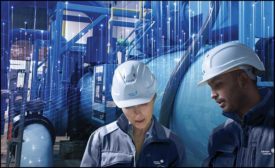


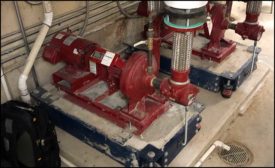


.jpg?height=168&t=1676586354&width=275)
